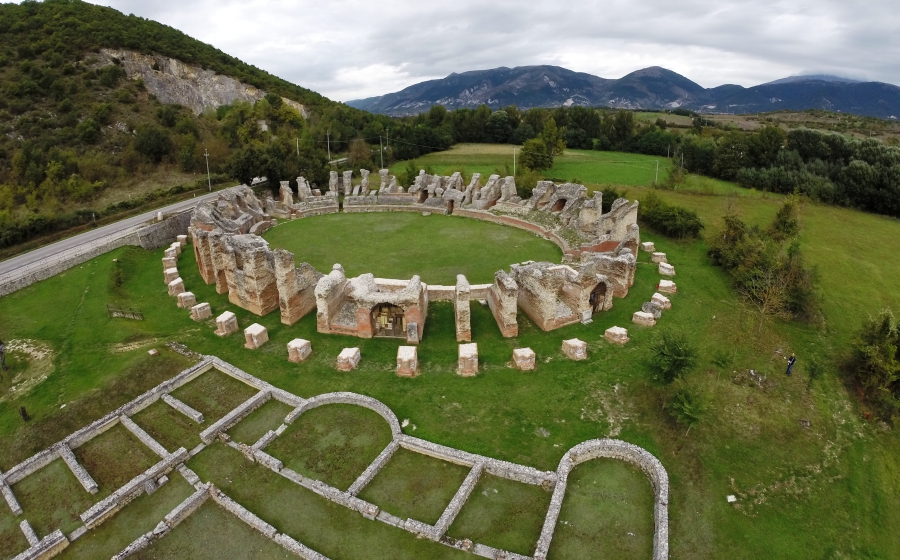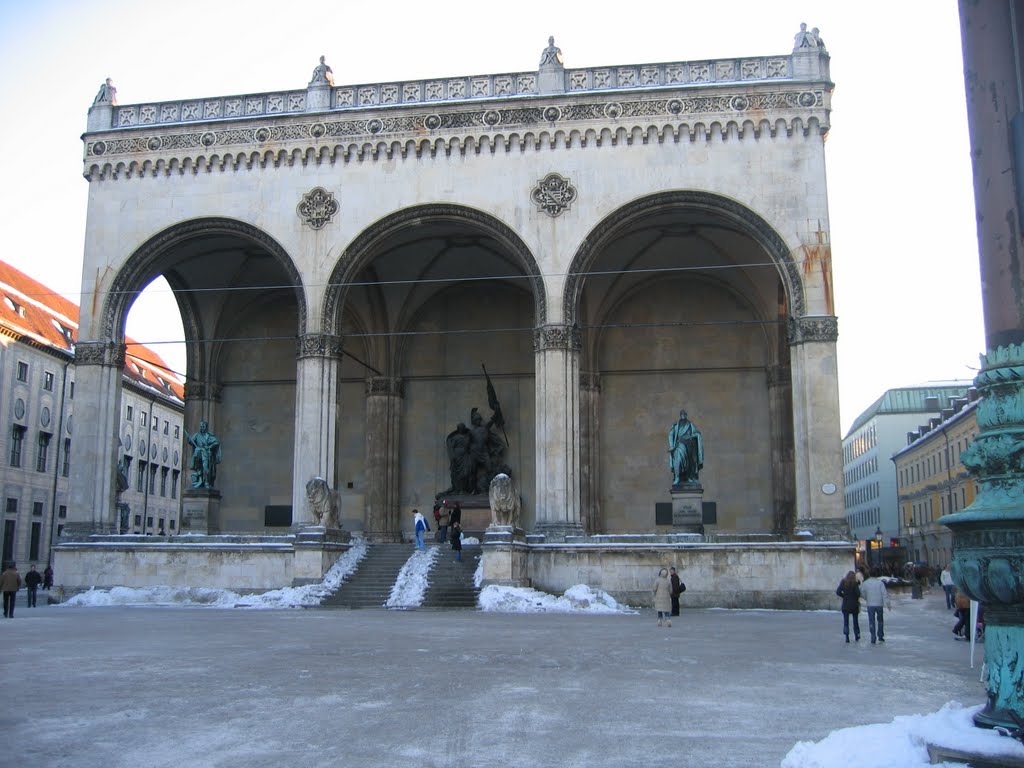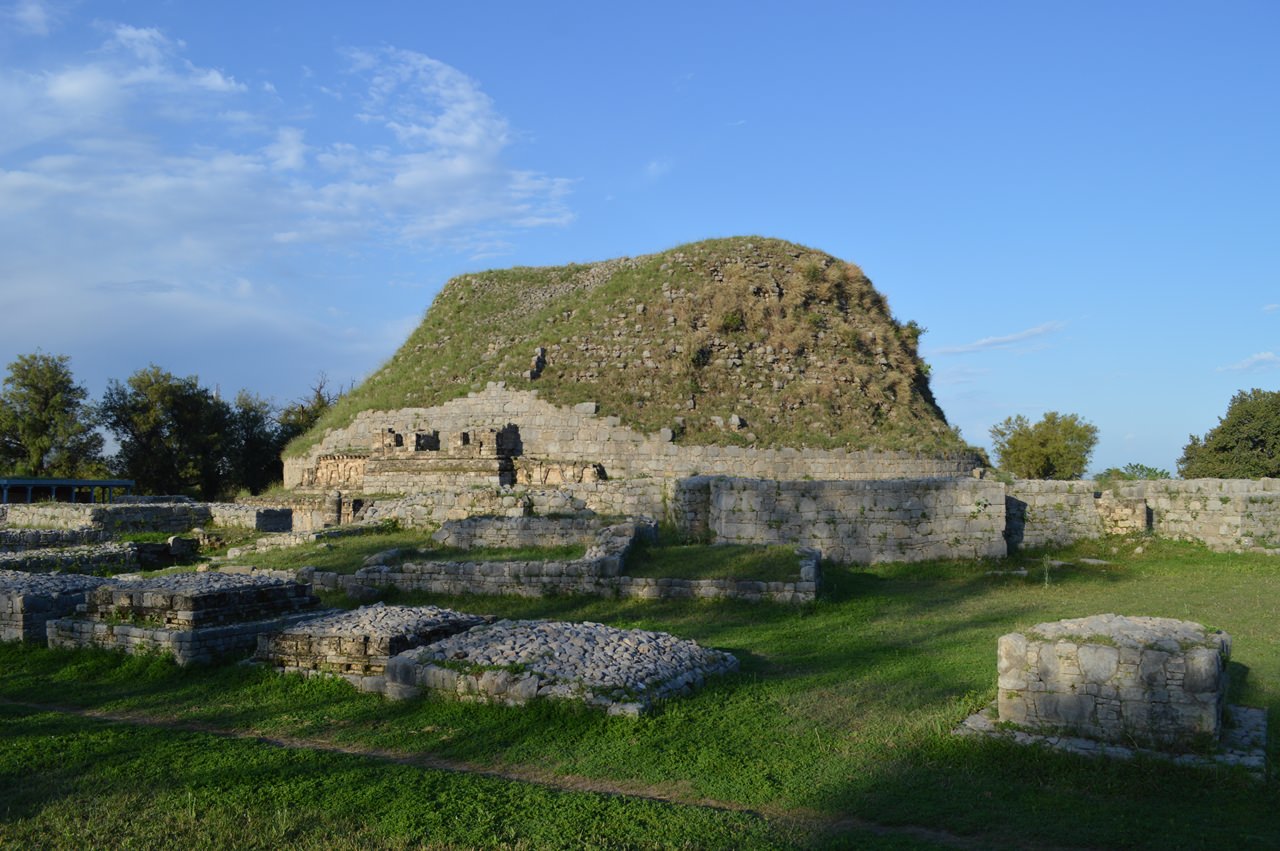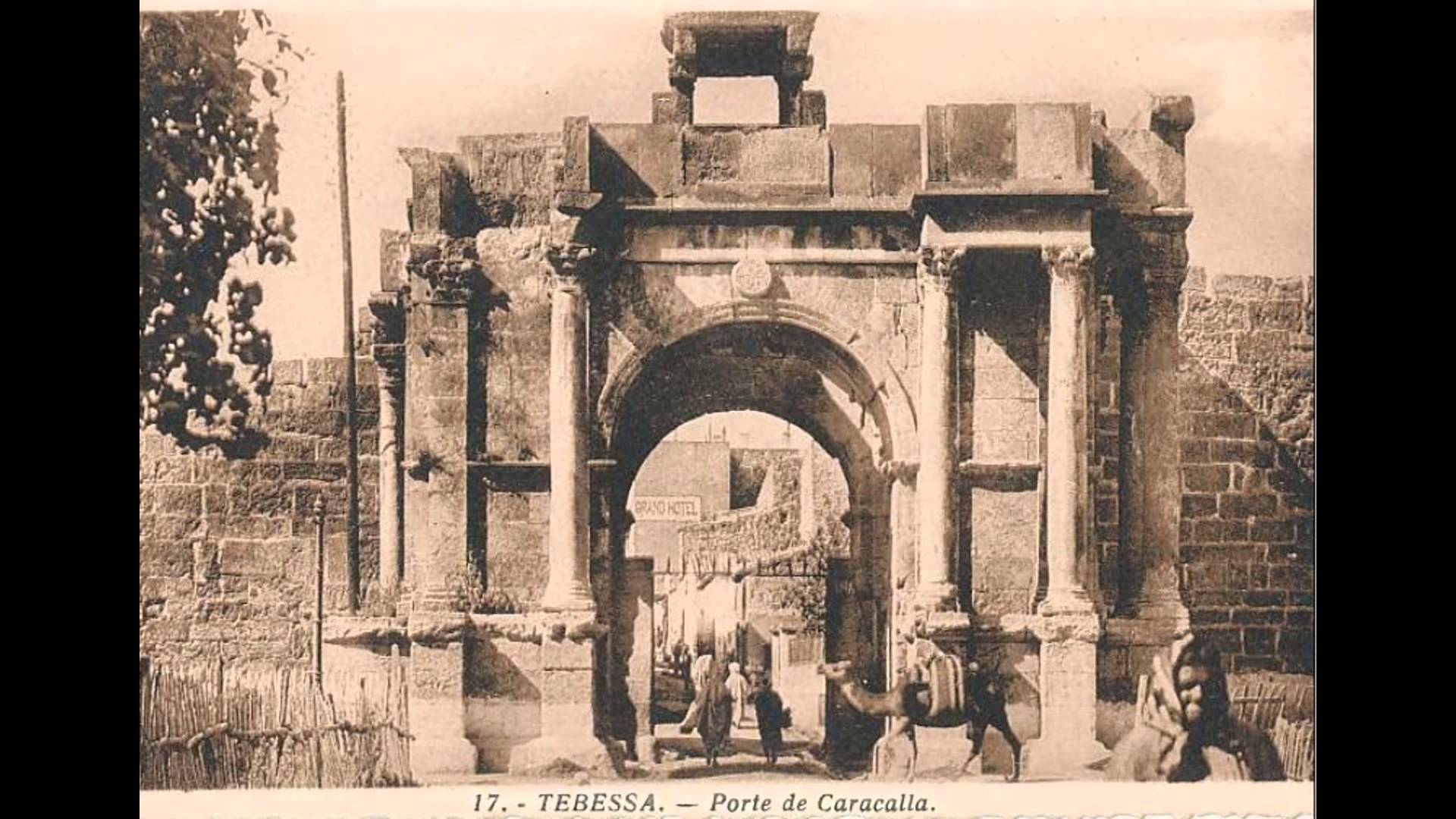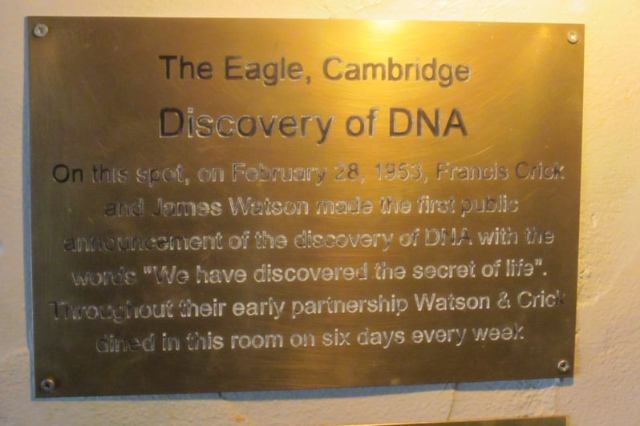In the upper valley of the river Aterno stood Amiternum, conquered by the Romans in the 3rd century B.C. and became a rich municipality.
The ancient settlement was located on the hill of San Vittorino, but during the imperial age the settlement moved to the valley, where the most important archaeological evidence remains: an amphitheatre, a theatre, remains of a thermal complex and an aqueduct.
The theatre, of which the lower part of the cavea, orchestra and stage remain, was built in the Augustan age and housed about 2000 spectators.
The amphitheatre, of which the 48 arches on two floors that delimit the perimeter remain, was built around the middle of the 1st century A.D. and could hold up to 6000 spectators.
Many architectural elements recovered from the Amiternum site were used in the nearby early Christian and early medieval settlements; among these are the catacombs of San Vittorino, where the homonymous martyr was buried.
